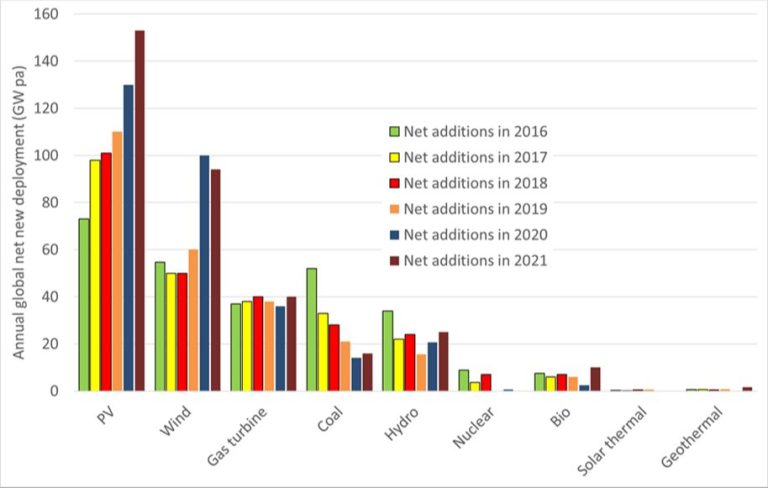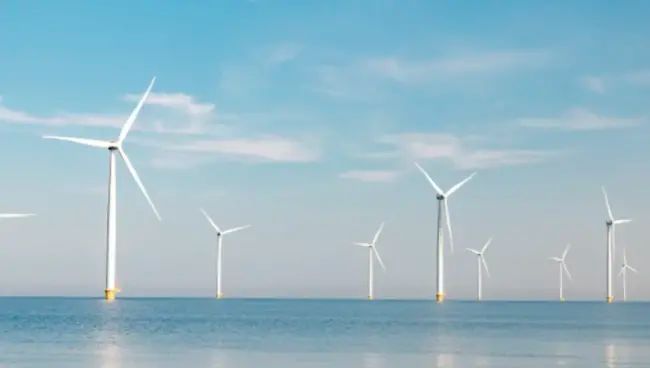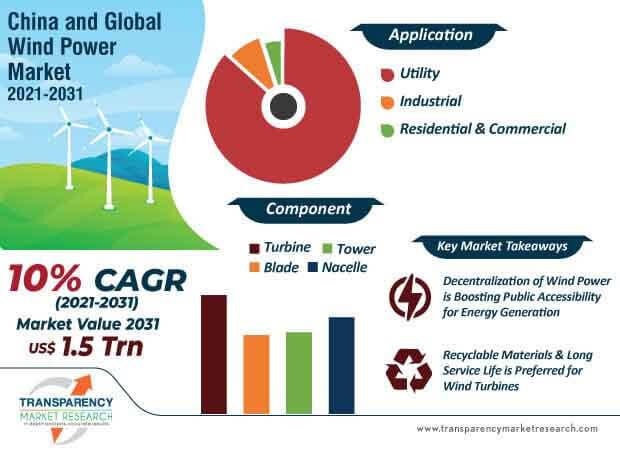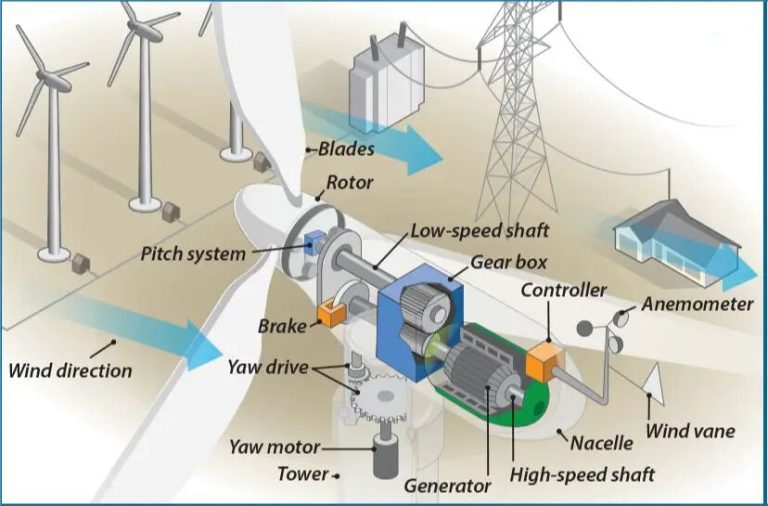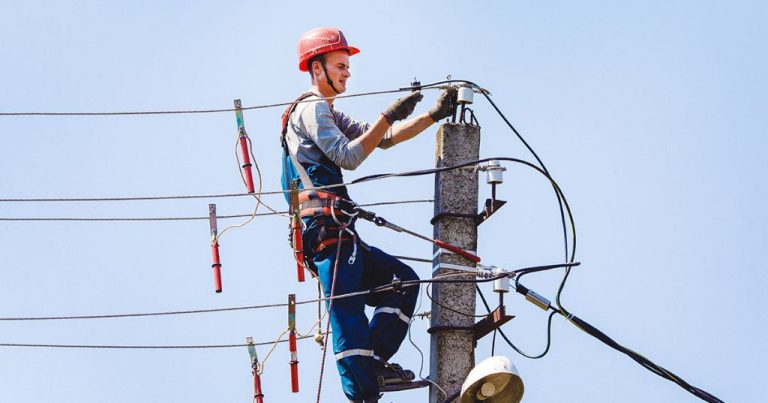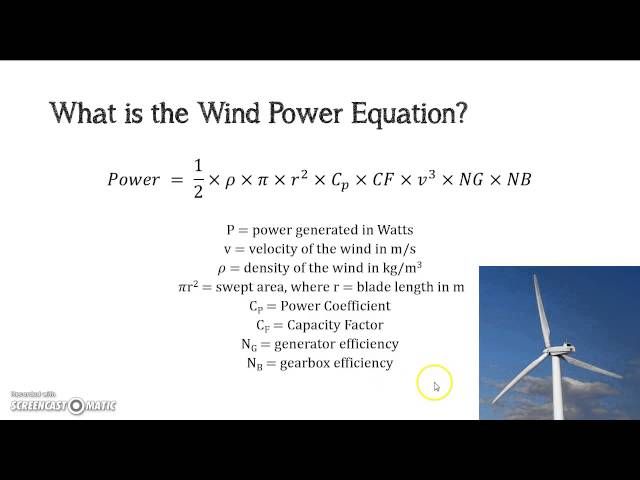How Is Wind Power An Example Of Renewable Energy?
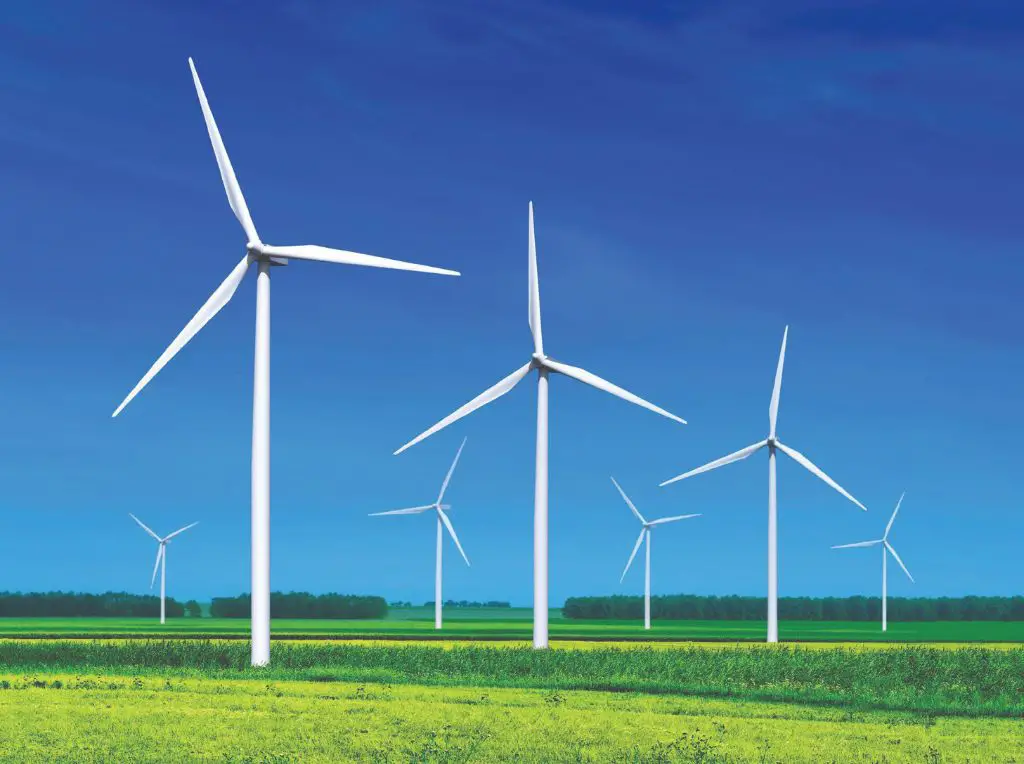
Renewable energy comes from natural sources that are constantly replenished, such as sunlight, wind, water, and geothermal heat. Non-renewable energy comes from finite resources that will eventually run out, such as fossil fuels like coal, oil, and natural gas (source). The key difference is that renewable energy sources are sustainable over long periods of time, while non-renewable sources require careful resource management to extend their lifespan.
Transitioning from fossil fuels to renewable energy is important for several reasons. Renewable energy produces much less pollution and greenhouse gas emissions, which contributes to climate change mitigation efforts. It also enhances energy security by relying on domestic resources that are not subject to geopolitical tensions or supply constraints. Widespread adoption of renewables will lead to a more resilient and distributed energy grid. Overall, renewable energy plays a crucial role in building a sustainable future based on clean, inexhaustible resources (source).
Wind Power Basics
Wind turbines convert the kinetic energy in wind into mechanical power to generate electricity. Wind turns the blades of the turbine, which spin a shaft connected to a generator to produce electricity (National Grid, 2023). The amount of electricity generated depends on the turbine’s size and the speed and constancy of the wind.
For utility-scale wind power, turbines are usually grouped together on wind farms. The power from multiple turbines is aggregated and transmitted via power lines to populated areas and connected to the utility grid (DOE, 2023). Most turbines have a horizontal axis and two or three propeller-like blades facing into the wind. The blades capture the wind’s energy and transform it into rotational energy to drive an electrical generator.
Areas with average annual wind speeds of at least 6 meters per second (13 miles per hour) at a height of 80 meters are generally considered to have a suitable wind resource for wind energy development. High-quality wind sites with strong and consistent winds are ideal for wind power generation (DOE, 2023).
Wind Is Renewable
Wind power generates electricity through wind turbines capturing the energy from air in motion. Since wind is a result of solar energy as the sun heats different areas of the Earth unevenly, creating air circulation, wind is continually replenished and will never run out. Unlike finite fossil fuels such as coal, oil, and natural gas that take millions of years to form and will eventually be depleted, wind energy is a renewable resource.
Wind power relies on the wind, which cannot be “used up” like fossil fuels. The wind will constantly blow as long as the sun shines. The US Department of Energy states that “the nation’s wind resource is abundant” (https://www.energy.gov/eere/wind/advantages-and-challenges-wind-energy). Wind power is considered renewable since its fuel source, the wind, is always available. Fossil fuels, on the other hand, are non-renewable and limited in supply.
Wind Power Emits No Greenhouse Gases
One of the biggest benefits of wind power is that it emits no greenhouse gases during operation. Wind turbines produce electricity simply by using the wind to turn blades connected to a generator. This process does not involve any combustion or release of carbon dioxide (CO2) or other greenhouse gases like methane or nitrous oxide. According to a report by the American Wind Energy Association, wind power’s greenhouse gas emissions are tiny, with wind turbines responsible for 98 percent fewer greenhouse gas emissions per unit of electricity than coal power plants and 97 percent fewer emissions than natural gas power plants.
In contrast, fossil fuel power plants emit significant amounts of greenhouse gases by burning coal, natural gas, or oil to produce electricity. The combustion of these fossil fuels releases CO2 as well as other pollutants. Fossil fuel electricity generation accounts for about 25% of global greenhouse gas emissions. Switching to wind power allows countries, states, and utilities to significantly reduce their carbon footprints and emissions of CO2 and other greenhouse gases.
Wind Power Does Not Use Water
Unlike fossil fuel electricity generation, wind power does not require water for cooling or steam generation. According to “ENERGY TECHNOLOGIES AND WATER USE”, wind power’s water consumption is considered negligible, with estimates around 0.015 m3 per MWh just for occasional blade washing (https://www.jstor.org/stable/10.2307/resrep00365.7).
In comparison, coal power can consume up to 2.7 m3 per MWh for cooling, and natural gas around 1 m3 per MWh. Nuclear power has some of the highest water demands, using over 3 m3 per MWh primarily for cooling (https://www.sciencedirect.com/science/article/pii/S0048969722021155). This makes wind power an extremely low water use electricity source.
Given rising demands on water resources and drought concerns, wind power’s negligible water needs make it an ideal sustainable energy solution moving forward.
Wind Power Supports Energy Independence
Wind energy helps reduce our reliance on imported fuels and increases America’s energy independence. In the past decade, there has been major growth in domestic wind power generation capacity in the United States. According to data from the U.S. Department of Energy’s Wind Exchange, total wind power capacity in the U.S. has grown from 25 gigawatts in 2010 to over 122 gigawatts by the end of 2021. This represents a nearly 500% increase over a 10 year period.
With the large expansion of wind farms across the country, the amount of electricity generated from wind has also surged. The U.S. Energy Information Administration reports that wind generation reached 338 million megawatt-hours in 2020, supplying about 8.4% of total U.S. electricity generation that year. Increasing our wind energy capacity decreases our need for fossil fuel imports and keeps more energy spending within the domestic economy.
Wind Power Supports Jobs
The wind power industry has been a major driver of job creation in the United States. As of 2016, over 100,000 Americans were employed in the wind industry according to a report by the Department of Energy (U.S. Wind Energy Jobs Top 100K According to DOE Report). Many of these are skilled jobs such as turbine technicians, construction workers, truck drivers, and engineers.
A 2010 report by the World Resources Institute found that with the right policies in place, the U.S. could generate over 50,000 new wind energy jobs by 2030 (Fact Sheet: Policy Design for Maximizing U.S. Wind Energy Jobs). Specific examples of major wind industry investments that have created jobs include the Block Island Wind Farm in Rhode Island, Amazon Wind Farm Texas, and the Alta Wind Energy Center in California.
Wind Power Scalability
One of the major advantages of wind power is its ability to scale up to meet energy demands. Wind farms can start small with just a few turbines, then expand over time by adding more turbines as needed. The modular and flexible nature of wind power allows it to generate electricity on both small and large scales.
Some of the largest wind farms in the world demonstrate the immense scalability of wind power technology. For example, the Gansu Wind Farm in China currently has over 7,000 turbines installed across multiple sites, with a total capacity of 5,160 MW. It provides electricity to more than 26 million homes. (Wikipedia)
Other major wind projects in the U.S. like the Alta Wind Energy Center in California have scaled up to over 1,500 turbines and 1,550 MW of capacity. Large-scale wind capacity additions are projected to continue rising to meet renewable energy goals and electricity demand. The modular design allows wind farms to add turbines and expand infrastructure over time.
Wind Power Price Declines
Wind power costs have declined significantly over the past decade due to advances in technology like improved turbine design, taller towers, and increased capacity factors. According to a 2012 article from Greentech Media, wind power price declines have not been as consistent as other renewables, with the lowest prices achieved in 2003 in the U.S., then increasing through 2008 before declining again in recent years. However, the overall costs have still declined, with the levelized cost of wind power ranging from 4-8 cents/kWh today compared to 5-13 cents/kWh in 2009. Additionally, wind has reached cost competitiveness with fossil fuels in many markets. According to a 2012 article from ThinkProgress, the levelized cost of onshore wind power in 2012 ranged from 3-10 cents/kWh compared to the levelized cost of 5-17 cents/kWh for coal and 4-13 cents/kWh for natural gas.
Conclusion
In summary, wind power is a prime example of a renewable energy source. Wind is constantly replenished naturally and will never run out. Harnessing wind to generate electricity produces no greenhouse gas emissions, uses no water, and supports energy independence and jobs. Wind power capacity can be scaled up to meet rising electricity demand. Thanks to technology advances, the cost of wind power has come down dramatically. The many benefits of wind power showcase why transitioning to renewable energy sources is critical for creating a sustainable energy future.
With wind and other renewables like solar, geothermal, and hydropower, we can transform how we power the world for the benefit of people and nature. Transitioning from fossil fuels to clean energy is essential to avoid the worst impacts of climate change. Moving to renewables will reduce air pollution, enhance energy security, and provide affordable and reliable electricity. With most experts and the majority of the public supporting this shift, the renewable energy transition is both necessary and inevitable.

